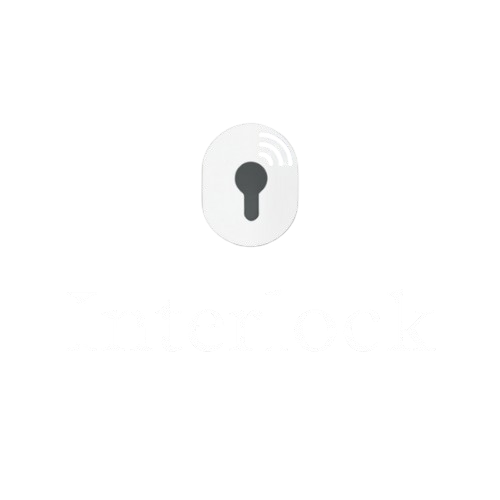10 Essential Tips for an Effortless Smart Home Setup
Interlock Singapore
Share
🕒 7‑minute read

💡 1. Understand Smart Switches vs. Smart Lights
Deciding between a smart switch or a smart bulb can be confusing. Here’s a quick breakdown:
- Smart Switches: Ideal for ambient, overhead lighting. Works even if someone toggles the switch off, and controls multiple fixtures at once.
- Smart Bulbs/Strips: Best for accents—under‑cabinet lights, TV backlights, desk lamps. Offers color temperature control and mood lighting.
Troubleshooting: If your smart bulbs keep dropping offline, check whether the wall switch cuts power. If so, either replace it with a smart dimmer (e.g., Lutron Caséta) or mount bulbs on always‑live circuits.
🔌 2. Wire Smart Devices for Always‑On Power
The hallmark of a robust smart home setup is reliability. Devices wired to switch‑controlled lines go offline whenever someone toggles the physical switch. Always connect your smart lights, fans, and sensors to the L (live) terminal so they remain powered even if the switch is off.
🎛️ 3. Use Sensors & Smart Buttons for Hands‑Free Control
Relying on your phone to trigger automation is cumbersome. Instead, deploy:
- Contact sensors on doors/windows to trigger AC, lights, or security routines.
- Motion sensors in hallways to automate night lights.
- Programmable wall buttons (e.g., Aqara Smart Button) for one‑tap scenes.
⚡ 4. Leverage Neutral Wires Where Possible
Many Singapore flats lack a neutral wire at light switches, complicating smart switch retrofits. Check if nearby power points or water heater circuits have a neutral line you can loop back. This technique unlocks premium smart switches and Zigbee repeaters without massive rewiring.
🔋 5. Opt for True Smart Appliances
When replacing major appliances—AC units, fans, water heaters—choose models with built‑in Wi‑Fi or Zigbee. True smart appliances report real‑time status (e.g., current temperature, cycle state) and integrate deeply into platforms like Home Assistant or Tuya.
📱 6. Evaluate Beyond On/Off in the App
A robust device should allow scheduling, scene configuration, and, ideally, an open API. Before buying, confirm it supports:
- Multiple user profiles (for family members).
- Custom scenes (e.g., “Movie Night” dims lights and closes curtains).
- Webhook or MQTT integration for advanced automation.
🤖 7. Future‑Proof with Water‑Line Robot Vacuums
Next‑gen robot vacuums like Ecovacs T30 Pro and Roborock Qrevo MaxV connect to your water lines for auto‑refill and empty. They significantly reduce manual maintenance—ideal for busy households.
🪟 8. Choose Motorized Curtains or Blinds
Automating window treatments transforms morning routines. Wired motorized tracks are maintenance‑free and integrate with scenes (sunrise/sunset). If wiring is impossible, Zigbee or solar‑powered motors work—plus, they act as network extenders.
👪 9. Make It Family‑Friendly
Gather input from every household member. Create custom dashboards for kids with limited controls, and set up notifications for seniors (e.g., reminders to turn off lights). Regularly tweak automations based on feedback to keep everyone happy.
🔧 10. Choose Your Smart Home Platform First
Before splurging on devices, decide on your ecosystem: Home Assistant, Homey, or a cloud‑based suite. Confirm device compatibility lists to avoid ending up with a patchwork that can’t talk to each other.
Ready to Transform Your Home?
Book a free consultation or explore our Mercury Smart Locks to get started today.
